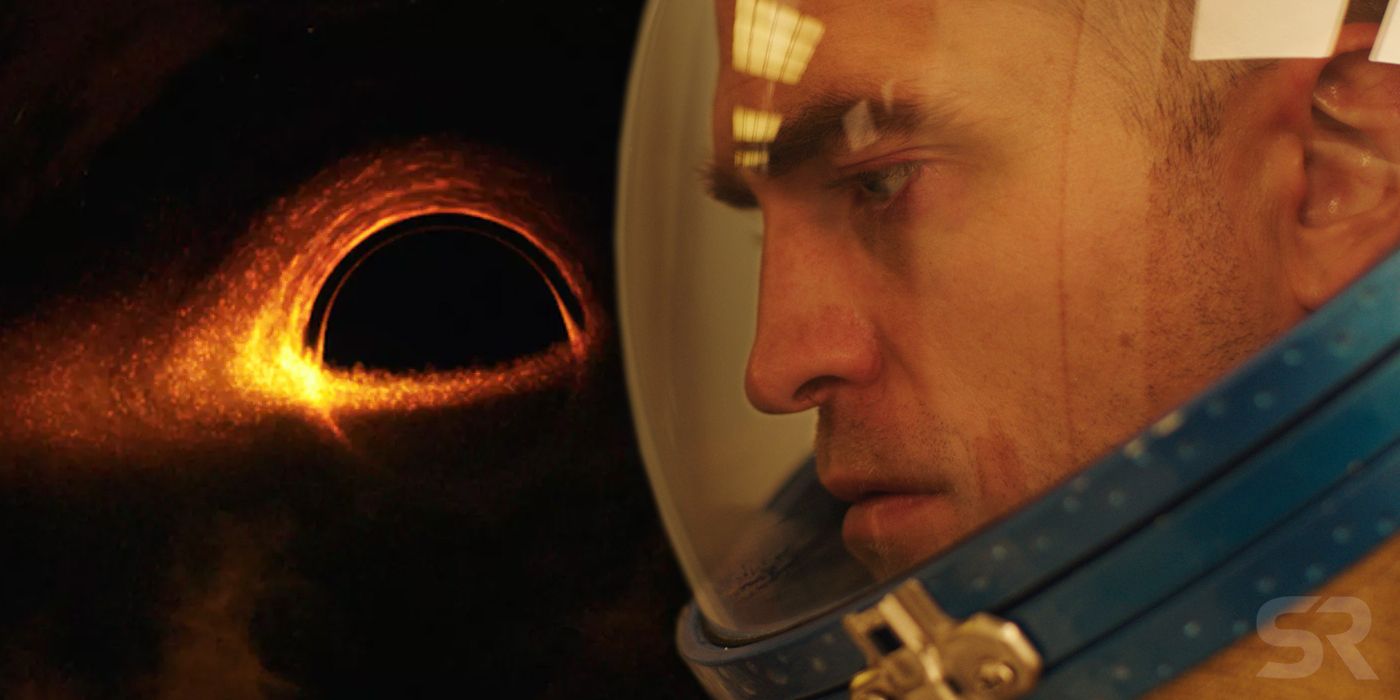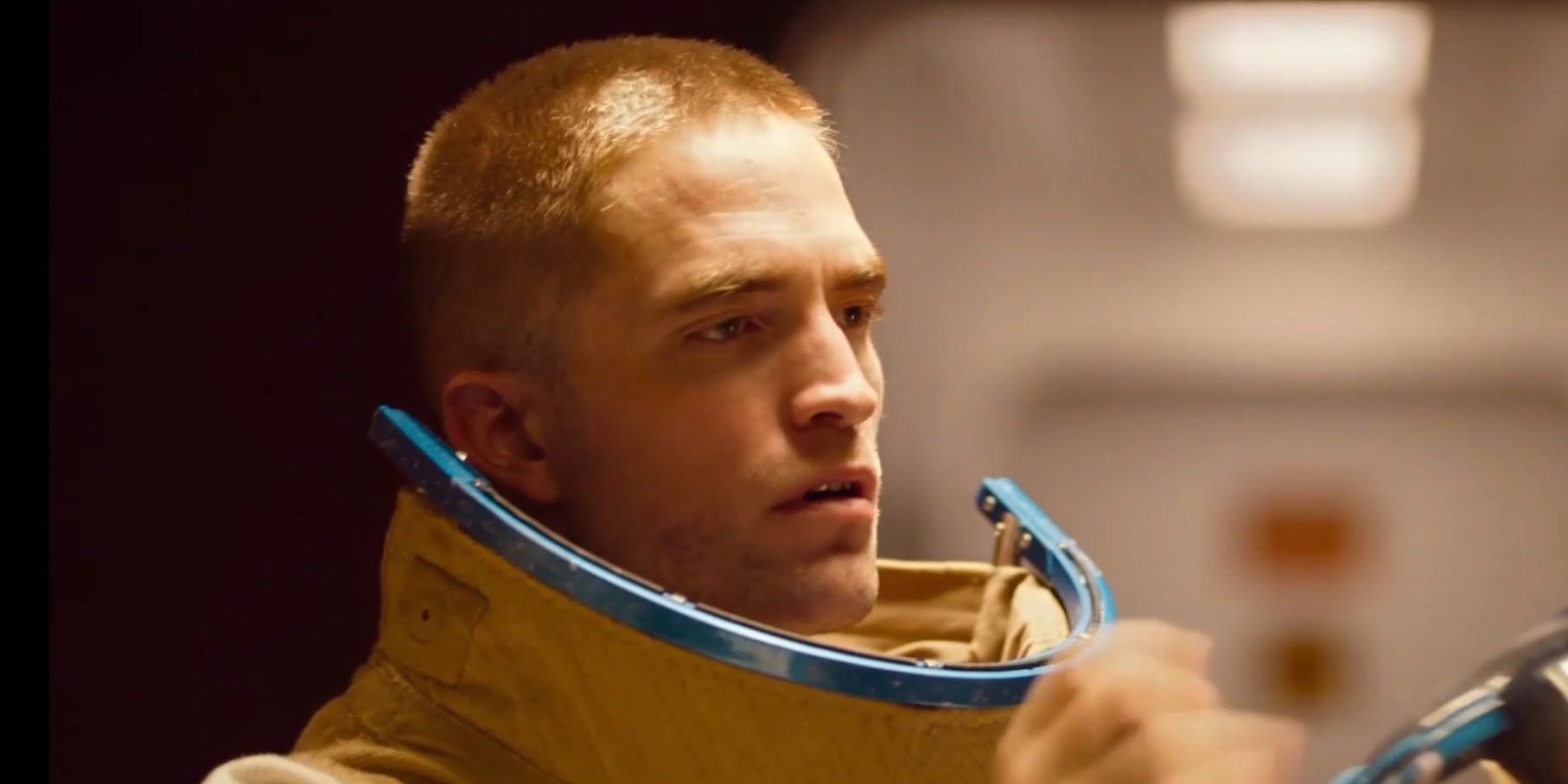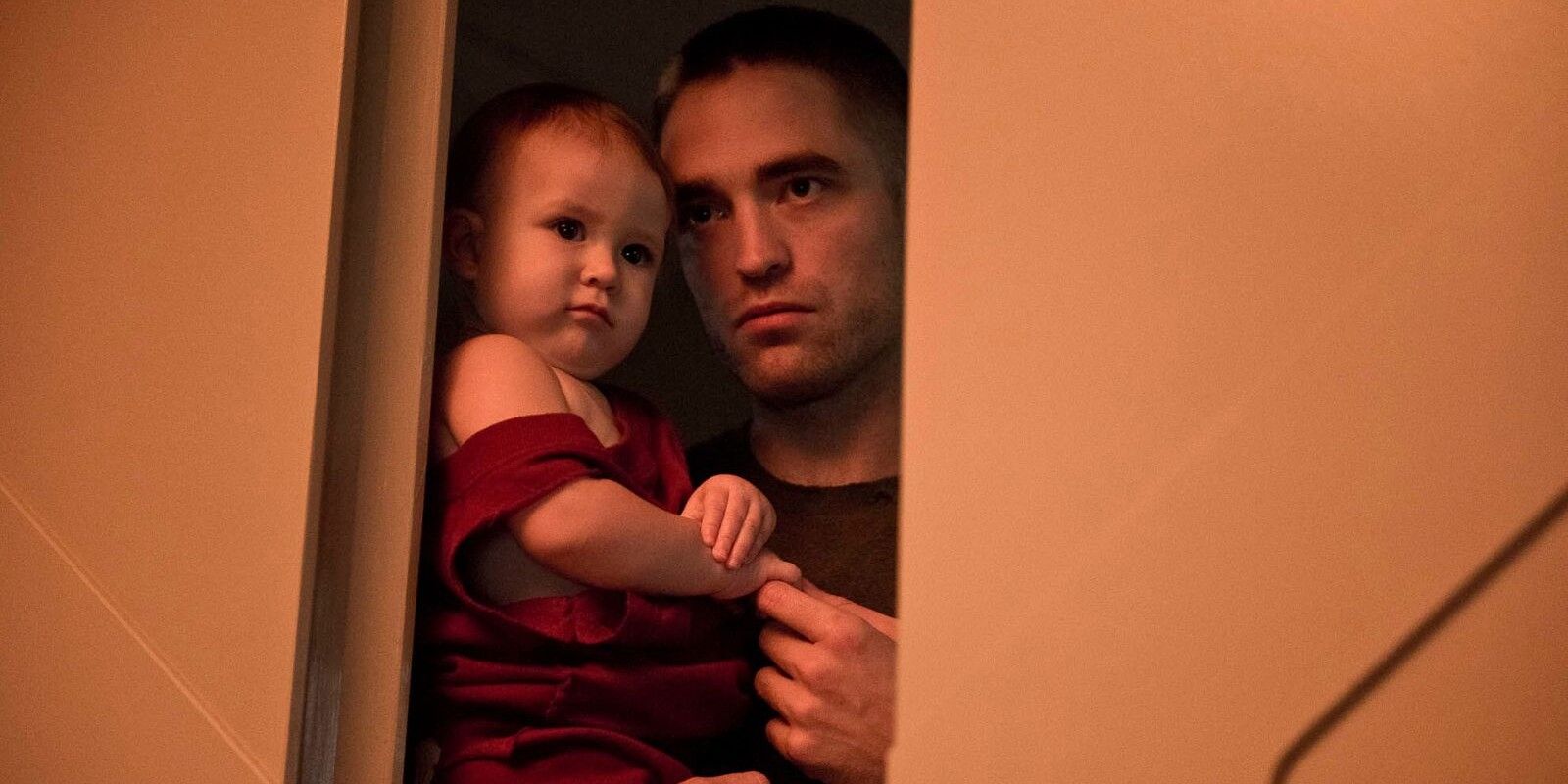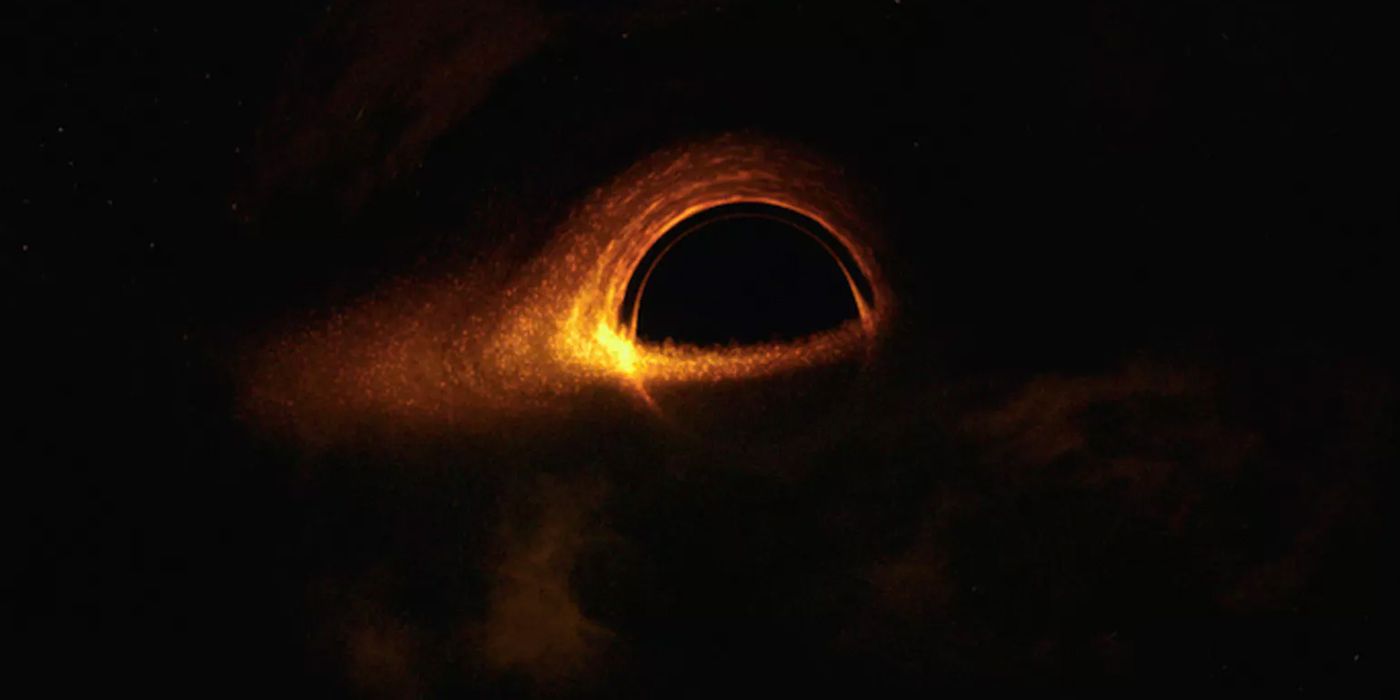WARNING: This post contains spoilers for High Life.
Legendary French director Claire Denis makes her English language debut with High Life, a startling sci-fi drama starring Robert Pattinson - here's what its ending means. When celebrated international directors make the jump to working in the English language or fully embracing the Hollywood machine, the results can vary wildly. Last year, Cannes favorite Jacques Audiard made his American debut with The Sisters Brothers, a Western that did well with critics and was embraced in his native France but flopped big time at the box office. Others, like John Woo and Paul Verhoeven, have become more defined by their glossy English language efforts than the work done in their mother tongues. However, there may be no English language cinematic debut as feverishly anticipated by film lovers as that of Claire Denis, and she’s done it with a sci-fi drama that has proven to be one of the year’s most intriguing titles.
High Life is Denis’ fourteenth film as director over a career that’s spanned three decades and a multitude of styles and genres. Having gotten her start as an assistant director for the likes of Jim Jarmusch and Wim Wenders (she is credited on both Wings of Desire and Paris, Texas), Denis made her directorial debut in 1988 with Chocolat, a drama inspired by her own childhood growing up in colonial French Africa. Since then, she's refused to be boxed in and has adapted her style and ideas to suit a multitude of stories. She's made romantic comedies (Let the Sunshine In), erotic horror (Trouble Every Day), family drama (35 Shots of Rum), noir-inspired thrillers (Bastards), and much more.
As such, Denis can be a tough director to categorize, but through it all, she remains fascinated by topics of isolation, desire, and the unnerving sensation that comes with being an "other". Even at her most frustrating, Denis' work is never anything less than completely fascinating. And such is the case with High Life and its ending.
What Actually Happened In High Life's Story?
High Life will inevitably be the first Claire Denis film many English language audiences see, simply because it’s not in French. As such, it comes with certain expectations to be “accessible” or to act as a gateway to Denis' back-catalog. In reality, it’s a much trickier title to categorize. It embodies all those themes that Denis is so interested in dissecting, but it also completely rejects any and all Hollywood-esque notions of appealing to wide audiences. It may a science-fiction film, one released at a time where that genre has never been more beloved or profitable, but High Life's goals are far loftier and unafraid to make viewers deeply uncomfortable.
The film stars Robert Pattinson (once again reminding audiences that, post-Twilight, he has become one of his generation’s best actors) as Monte, a criminal who has been sentenced to service on a space mission to extract energy from a black hole caring for his daughter Willow. He, alongside other prisoners (including Mia Goth and Outkast's André Benjamin), are treated as guinea pigs by Dr. Dibs (Juliette Binoche). She has become obsessed with creating a child through artificial insemination, although all of her efforts have failed so far, until Willow. The non-linear narrative jumps around from Monte's childhood (and the incident that saw him receive a life sentence) to the chaos on the ship to his isolated life raising the baby Willow.
What Is High Life's Ending Really About?
However, breaking High Life down in terms of plot does it a great disservice. Denis is far less interested in the how of this narrative than she is the why of it all. The film opens with Monte and Willow alone on the ship and the events that led to their isolation are peppered throughout, building the overwhelmingly unnerving sense of dread that dominates their lives. We see Monte doting on Willow, teaching her words like “taboo” and finding peace in this isolation, then we jump back to the building madness that decimated the ship’s crew. Moments of parental warmth, like Willow’s first steps and Pattinson singing her a lullaby, are disturbed by the shock of her conception and the people driven to madness by one doctor’s obsessive pursuit of Willow’s creation.
High Life is a film of extremes, from the familial sweetness of Monte and Willow to the invasive horror of sexual assault. High Life’s unflinching depiction of rape and reproductive coercion has proven to be some of its most troublesome aspects for many viewers, and part of what makes watching it so frustrating. In one of the film’s most striking and mind-boggling scenes, Dr. Dibs pleasures herself on a machine designed to masturbate the crew-mates, bluntly titled “the f*ck box”. Sex is stripped of its intimacy and inter-personal contact and reduced to a clinical activity aided by foreboding chrome black machinery. The f*ck box is a place of oblivion, much like sex itself in the context of the story, an apt metaphor given the ship’s ultimate mission towards the black hole.
What Happens in the Black Hole At The End Of High Life?
High Life’s depiction of a black hole already seems ahead of its time; as many critics and scientists have already noted how much Denis' take looks like the ground-breaking image taken by the Event Horizon Telescope that was revealed to the public last month. Denis compared it to "a crocodile eye" and it's certainly an unforgettable image, both beautiful and utterly terrifying. The second half of the movie jumps forward further in time to show Monte with a new adolescent Willow as the pair move closer to the edge of space and the unknown of the black hole. Willow, now old enough to talk back to Monte and demand a say in how things are done on the crumbling ship, convinces her father to board an escape pod with her and journey through the black hole.
The climax is one of the most visually astounding moments of the year on film: a minimalist take on the wonders of space that is both beautiful and utterly horrifying. It’s also maybe the most striking and blunt cinematic metaphors for parenthood of the past decade. Being a father, Monte realizes, is a black hole of uncertainty with no clear route through to the other side, but if you pull it off then the results can be truly wondrous. Whether or not Monte and Willow make it out of the black hole alive is almost irrelevant. Even Denis herself doesn't know or care about the secrets of the black hole or what it holds for her protagonists.
Speaking at the Toronto International Film Festival last year, Denis mused, "What is nothing, when there is no time and no space? I don't know." The power of High Life is in the risk that they take. In their final exchange, Monte asks Willow, "Shall we?" She responds with a "Yes." The world is uncertain but they, in their bonds of love, are not, and that’s what makes High Life one of the best films of 2019 so far.




